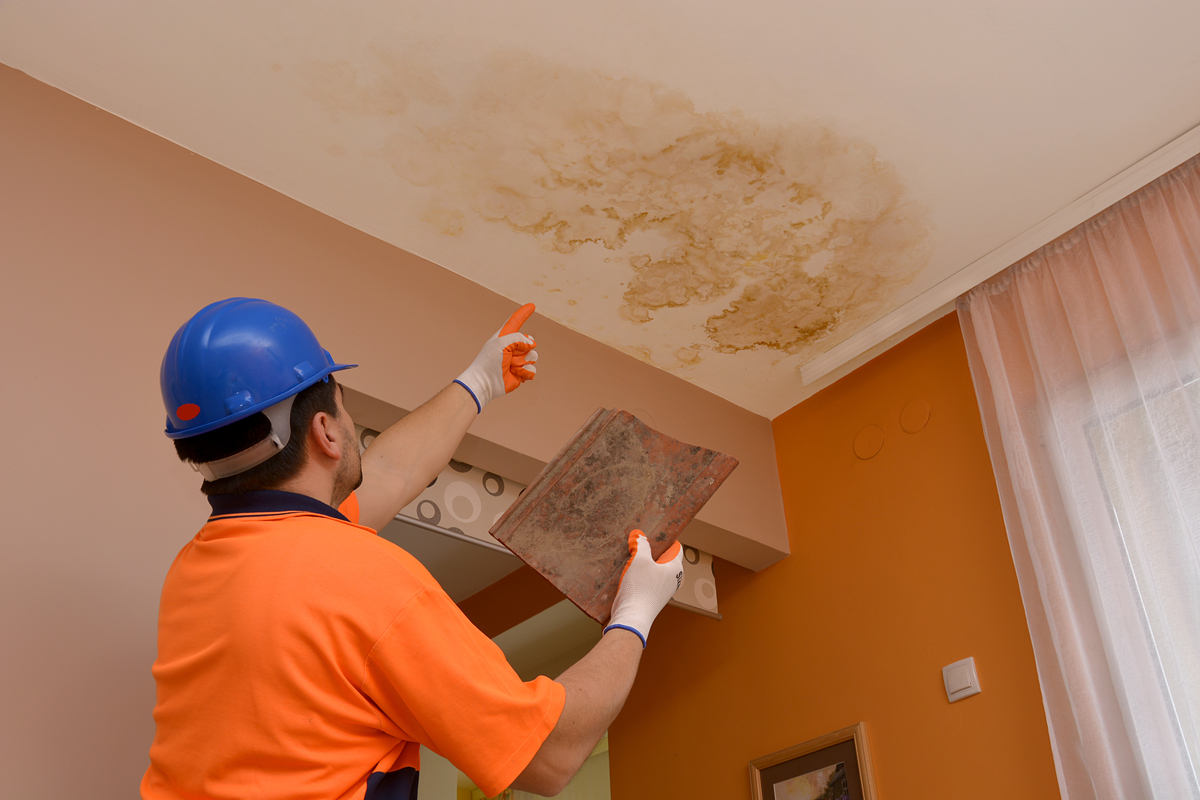Right here down the page you'll find a lot of good news pertaining to How Fast Water Damage Can Ruin Your Home.

Leaks not just trigger waste of water yet can also create unneeded damage to your home and also promote unwanted organic growth. By looking and also recognizing for day-to-day scenarios that trigger leakages, you can shield your home from future leaks and also unneeded damages.
Intruding origins
Many water leakages start outside your home instead of inside it. If you discover a sudden decrease in water pressure, state in your tap, take some time to go out as well as analyze your yard. You may discover wet patches or sinkholes in your backyard, which may imply that tree roots are invading water lines causing water to seep out. You can have your plumber check for intrusion, particularly if you have trees or hedges near your building.
Rusty water systems
This might be the cause of discoloration or bending on your water pipes. If our plumbing system is old, consider changing the pipes since they are at a greater risk of rust than the more recent designs.
Defective Pipeline Joints
Pipeline joints can degrade over time, resulting in water leaks. If you have loud pipes that make ticking or banging sounds, specifically when the hot water is turned on, your pipeline joints are probably under a great deal of stress.
Instantaneous temperature changes.
Severe temperature level changes in our pipelines can trigger them to expand as well as get unexpectedly. This growth as well as tightening may cause cracks in the pipelines, particularly if the temperature level are listed below freezing.
Poor Water Connectors
At times, a leakage can be caused by loose hose pipes as well as pipes that provide your appliances. Typically, changing is what creates the loose water Links. You might locate in the case of a washing equipment, a hose pipe might spring a leakage as a result of shaking during the spin cycle. In case of a water links leakage, you may see water running directly from the supply line or pools around your devices.
Obstructed Drains
Obstructed drains pipes might be aggravating and also inconveniencing, yet they can in some cases end up triggering an overflow resulting in break pipes. Keep removing any type of materials that may drop your drains that can obstruct them to stay clear of such aggravations.
All the above are reasons for leakages however not all water leaks result from plumbing leakages; some leakages could originate from roof covering leakages. All leaks should be fixed instantly to prevent water damages.
Leaks not only trigger waste of water but can also trigger unneeded damages to your residence as well as promote unwanted organic growth. By looking as well as understanding for day-to-day situations that create leaks, you can secure your house from future leakages and unneeded damages. Today, we will look at 6 leak triggers that might be creating your pipes to trickle.
At times, a leakage can be caused by loosened hose pipes and also pipes that provide your home appliances. In case of a water connections leak, you may see water running straight from the supply line or puddles around your home appliances.
How To Check For Water Leak In Your Home
How To Check for Leaks
The average household's leaks can account for nearly 10,000 gallons of water wasted every year and ten percent of homes have leaks that waste 90 gallons or more per day. Common types of leaks found in the home are worn toilet flappers, dripping faucets, and other leaking valves. These types of leaks are often easy to fix, requiring only a few tools and hardware that can pay for themselves in water savings. Fixing easily corrected household water leaks can save homeowners about 10 percent on their water bills.
To check for leaks in your home, you first need to determine whether you're wasting water and then identify the source of the leak. Here are some tips for finding leaks:
Take a look at your water usage during a colder month, such as January or February. If a family of four exceeds 12,000 gallons per month, there are serious leaks.
Check your water meter before and after a two-hour period when no water is being used. If the meter changes at all, you probably have a leak.
Identify toilet leaks by placing a drop of food coloring in the toilet tank. If any color shows up in the bowl after 10 minutes, you have a leak. (Be sure to flush immediately after the experiment to avoid staining the tank.)
Examine faucet gaskets and pipe fittings for any water on the outside of the pipe to check for surface leaks.
Undetected water leaks can happen without the home or business owner even realizing. If you suspect a water leak, but not able to find the source. It is time to contact a professional water leak detection service, The Leak Doctor.
How To Find a Water Leak In Your Home
https://www.leakdoctor.com/blog/How-To-Check-For-Water-Leak-In-Your-Home_AE197.html

I discovered that piece of writing on How to Find Water Leaks while looking around the internet. Enjoyed reading our blog posting? Please share it. Let somebody else discover it. We take joy in reading our article about How to detect water leaks in your home.
We're your answer!
Comments on “Learn About the Six Most Reasons For Water Seepage in Your House”